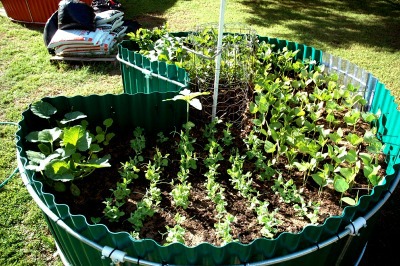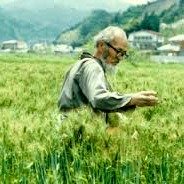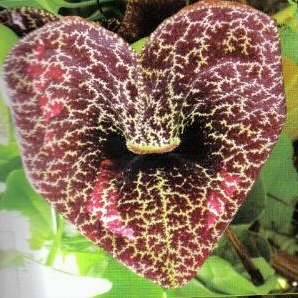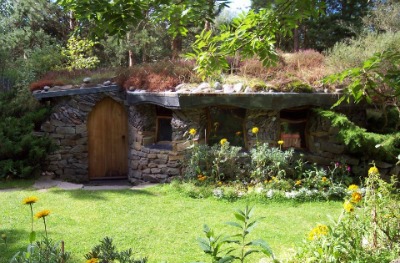Plant Your Garden in a Keyhole
For Beyond 50's "Green Living" talks, listen to an interview with W. Leon Smith from Texas. He is an avid gardener who likes to educate about the practice of Keyhole Gardening. Smith prefers this method because it's easier on the back, plant crops can be grown closer together, water efficient, and doesn't require weeding. From a bird's eye view looking down on it, the structure looks like an old-time keyhole. In the middle is a rounded area to drop in your compostable materials that would break down to enrich the soil.
Origins of Keyhole Gardening
The practice of Keyhole Gardening started at a school in Lesotho, Africa.
It was through Smith's association with Dr. Deb Tolman from Portland State University that he learned about the concept.
By design, Keyhole Gardens are six feet in diameter with a raised bed. Like a pie that has been sliced for one serving, a wedge is made and the circular wire basket for composting is placed in the center of the garden. From high above, it resembles a vintage keyhole.

Raised Bed Gardening
Smith's first attempt at building his own Keyhole Garden consisted of an improvised, semi-circular arrangement of rocks, cinder blocks and a 1-foot wide wire mesh cage for the internal basket.
The topsoil was first added with water that's a
mix of "green" (like kitchen food scraps, grass clippings, manure,
coffee grinds) and brown" materials (like cardboard, junk mail, straw,
woody stalks, dead plants). And for the upper layer, he mixes in
potting soil. From years of keyhole gardening experience, Smith found
that it takes about 1.8 yards of topsoil fill for a design that is 6
feet in diameter.
The
plantings were done at two different times in Spring and watering
almost daily. His efforts yielded nicely grown yellow crook-neck squash
and green zucchini.
Over time, Smith learned to work with the changing climate and growing seasons for his area in rural central Texas.
"About 95 percent of the space in my gardens is planted with
seeds, while the other five percent consists of transplants, mainly
tomatoes," he explained.
In Keyhole Gardening, the soil can sink several inches. Very dark and rich soil matter can be found at the lowest layer where the bio-matter decomposes.
A Near-Perfect System
Before the discovery of Keyhole Gardening, Smith found traditional gardening tedious and back-breaking work and gave up on it. He prefers to call his keyhole gardens near-perfect systems for several reasons:
- By keeping the internal basket full, it can break down the compost for continuous leaching out of natural nutrients and moisture to feed the soil, resulting in high-grade harvests that are tasty and nutrient-dense;
- Weeding is minimal, if at all;
- Requires little watering and drains very well to avoid flooding during heavy rainfall;
- You can grow several different types of crops closer to together. The ideal keyhole garden is lush with very little unused surface space. You can grow huge crop yields per space;
- And, if you are disabled in a wheelchair, making a Keyhole Garden allows you to garden in a convenient way due to its height of 28.5 inches and 24 inch reach.
Subscribe to Beyond 50's Radio Updates!
Beyond 50 values your personal information. Your email will
not be used, sold, or
shared with any outside party.
Related Interviews:

The One Straw Revolution

The Secret Teachings of Plants

Permaculture Practices from Around the World
Recommended Reading:


BEYOND 50's
BEST RESOURCES:




